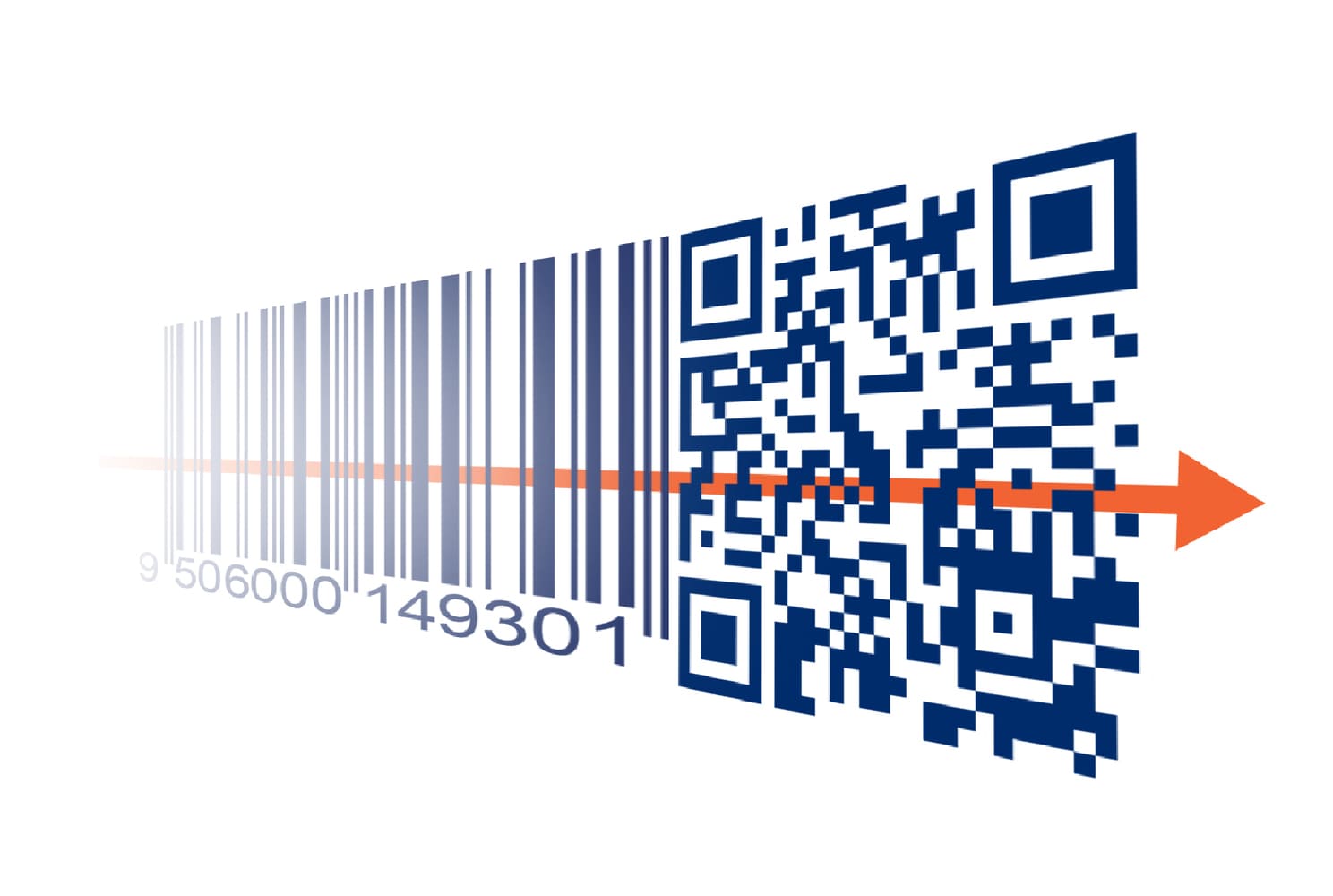
How to Implement 2D Barcodes for Enhanced Food Safety Compliance
In today’s rapidly evolving food industry, ensuring food safety stands as a critical priority. The implementation of 2D barcodes represents a robust solution to bolster traceability, refine inventory management practices, and streamline the efficiency of recall processes. This article delves into the essential steps and significant benefits associated with integrating 2D barcodes into food safety systems.
Overview of 2D Barcodes
The 2D barcodes, such as QR codes and Data Matrix, constitute advanced barcode formats capable of storing significantly more data compared to traditional linear barcodes. Their versatility spans various sectors, prominently including the food industry, where they play a pivotal role in enhancing operational efficiencies and safeguarding consumer well-being.
The Need for Food Safety Compliance
In today’s food industry landscape, adherence to food safety regulations is not just a legal requirement but a fundamental obligation to protect public health. These regulations, overseen by authoritative bodies such as the FDA (Food and Drug Administration) and FSMA (Food Safety Modernization Act), set rigorous standards to ensure that food products are safe for consumption from production to consumption.
Non-compliance with these regulations can have profound consequences for businesses. Apart from facing legal penalties and fines, organizations risk significant reputational damage that can erode consumer trust and brand loyalty. Moreover, the fallout from non-compliance may extend to product recalls, financial losses due to wasted inventory, and potential liability for harm caused to consumers.
Ensuring robust food safety compliance is therefore crucial not only for meeting regulatory requirements but also for upholding the integrity of the food supply chain and safeguarding public health.
Steps to Implement 2D Barcodes in Food Safety Systems
Assessing Current Systems
The initial phase of implementing 2D barcodes in food safety systems begins with a thorough evaluation of existing barcode infrastructure. This assessment aims to identify strengths and weaknesses in the current system, pinpointing areas where 2D barcodes can enhance operational efficiency and data management. It involves analyzing the capability of current barcode systems to handle more complex data requirements and ensuring compatibility with future technological advancements. By assessing current systems, businesses can lay a solid foundation for seamless integration of advanced 2D barcode technologies.
Choosing the Right 2D Barcode Technology
Selecting the appropriate 2D barcode technology is a critical decision that hinges on several key factors. These include the data capacity required to store detailed product information, the readability of the barcode under various conditions such as different lighting and scanning angles, and compatibility with existing IT systems and supply chain processes. In the food industry, popular options like QR codes and Data Matrix offer distinct advantages: QR codes excel in consumer engagement and rapid data retrieval, while Data Matrix is favored for its compact size and high data density. By carefully considering these factors, businesses can choose a 2D barcode technology that aligns with their operational needs and enhances overall efficiency.
Integrating 2D Barcodes into Supply Chain
The integration of 2D barcodes into the food supply chain involves a systematic approach to ensure seamless adoption and effective utilization of barcode technology. This process begins with implementing specialized software that supports 2D barcode encoding and decoding, enabling robust data capture and analysis throughout the supply chain. Training staff and stakeholders on the use of 2D barcodes is essential to maximize the benefits of this technology, ensuring that all parties understand how to scan, interpret, and utilize barcode data accurately. Collaboration with suppliers, distributors, and retailers is also crucial, facilitating the exchange of barcode information across the entire supply chain network. By following a structured integration plan, businesses can leverage 2D barcodes to improve traceability, optimize inventory management, and enhance overall food safety compliance.
Benefits of 2D Barcodes in Food Safety
Enhanced Traceability
2D barcodes significantly enhance traceability in the food industry by enabling precise tracking of products throughout the supply chain, from their origin on the farm to their destination on consumers’ tables. Unlike traditional barcodes, 2D barcodes can store large amounts of information, including batch numbers, expiration dates, and production details. This real-time data capture provides transparency and accountability, allowing stakeholders to trace the entire journey of a product. Improved traceability not only meets regulatory requirements but also builds consumer confidence in the safety and authenticity of food products.
Improved Inventory Management
The real-time tracking capabilities of 2D barcodes revolutionize inventory management in the food industry. By scanning 2D barcodes, businesses can instantly update inventory records and monitor stock levels with unprecedented accuracy. This capability reduces waste and spoilage by ensuring perishable goods are managed efficiently and consumed before expiration. Accurate inventory data also enables proactive stock replenishment, preventing stockouts and ensuring products are consistently available to meet consumer demand. Overall, improved inventory management driven by 2D barcodes optimizes operational efficiency and reduces costs associated with inventory discrepancies.
Streamlined Recall Processes
In cases where a food product must be recalled due to safety concerns or quality issues, 2D barcodes play a crucial role in expediting recall processes. These barcodes facilitate rapid identification and isolation of affected products throughout the supply chain. By scanning 2D barcodes, stakeholders can swiftly pinpoint the specific batches or lots that need to be recalled, minimizing the spread of contaminated or defective products. This rapid response not only protects consumers from potential harm but also preserves the reputation of brands and businesses. By streamlining recall processes, 2D barcodes help mitigate financial losses and legal liabilities while prioritizing consumer safety and trust.
Best Practices for Effective 2D Barcode Implementation
Ensuring Barcode Quality
Achieving high-quality 2D barcodes is fundamental to their effective implementation in food safety systems. Barcode quality directly impacts readability and data accuracy throughout the product lifecycle, from manufacturing to consumer use. To ensure barcode quality, businesses must adhere to stringent printing standards. This includes using high-resolution printers capable of producing clear and sharp barcodes. Proper placement of barcodes on packaging materials is also critical to prevent smudging or distortion during printing or handling. Additionally, avoiding common errors such as incorrect sizing, inadequate quiet zones (the blank spaces around the barcode), or poor ink contrast helps maintain barcode readability. By focusing on barcode quality, businesses enhance operational efficiency, reduce scanning errors, and ensure seamless integration into supply chain operations.
Regular System Audits
Regular audits of barcode systems are essential to uphold integrity and functionality. These audits involve systematic reviews and evaluations to verify the accuracy and compliance of barcode data and systems. Establishing a comprehensive audit checklist is key to conducting effective audits. The checklist should include criteria for assessing barcode quality, compliance with food safety regulations, and operational standards. Audits ensure that barcode systems meet industry requirements and maintain data integrity over time. By identifying and addressing potential issues proactively, businesses can prevent disruptions in supply chain operations and mitigate risks associated with non-compliance or barcode errors. Regular system audits not only optimize barcode performance but also demonstrate commitment to quality assurance and consumer safety.
Staying Updated with Regulations
In the ever-evolving landscape of food safety regulations, staying informed and compliant is crucial for businesses implementing 2D barcode technology. Regulatory bodies such as the FDA (Food and Drug Administration) and FSMA (Food Safety Modernization Act) regularly update guidelines to enhance food safety practices and consumer protection. Businesses must proactively monitor and adapt to these regulatory changes to ensure their barcode technology remains compliant and effective. This involves ongoing education and training for staff involved in barcode implementation and compliance. Additionally, maintaining open communication channels with regulatory authorities and industry associations helps businesses stay ahead of emerging regulatory requirements. By staying updated with regulations, businesses can anticipate changes, implement necessary adjustments in barcode technology and systems, and maintain a proactive approach to food safety compliance.
Conclusion
In conclusion, implementing 2D barcodes is instrumental in achieving enhanced food safety compliance, operational efficiency, and consumer trust in the food industry. As barcode technology continues to evolve, staying ahead of emerging trends and regulatory requirements will be crucial for sustaining competitive advantage and ensuring food safety excellence.


